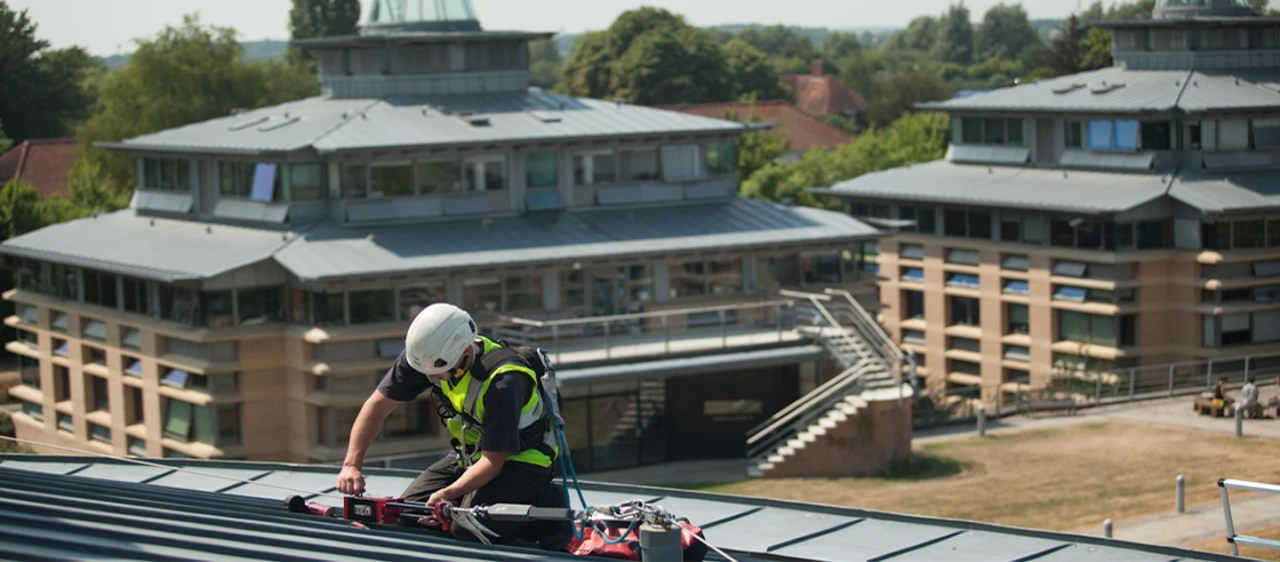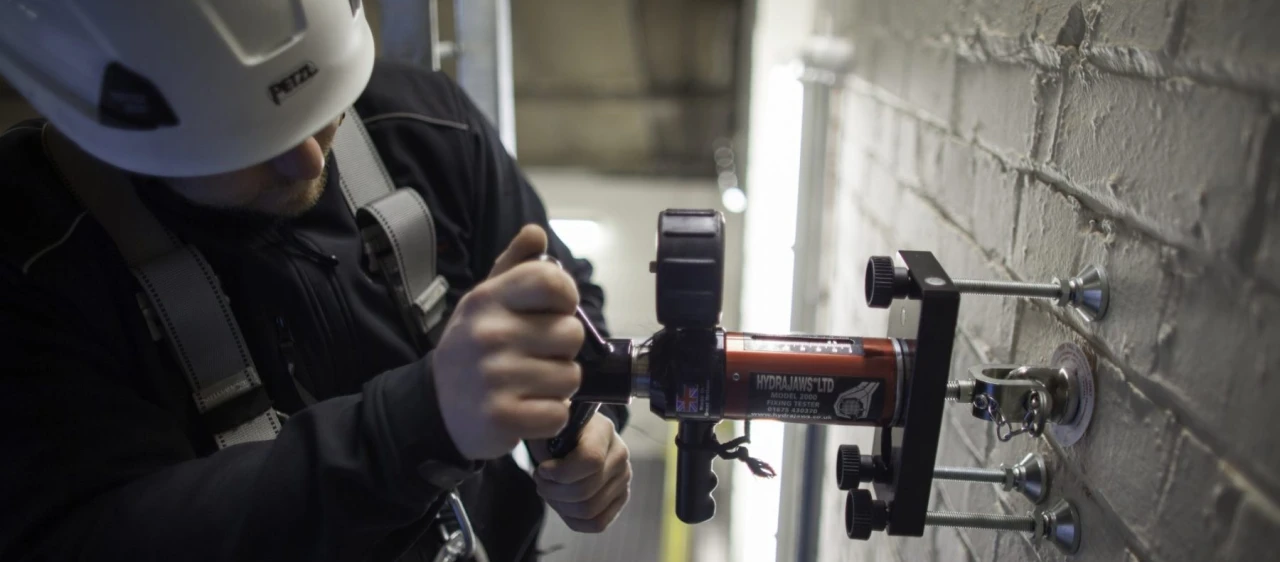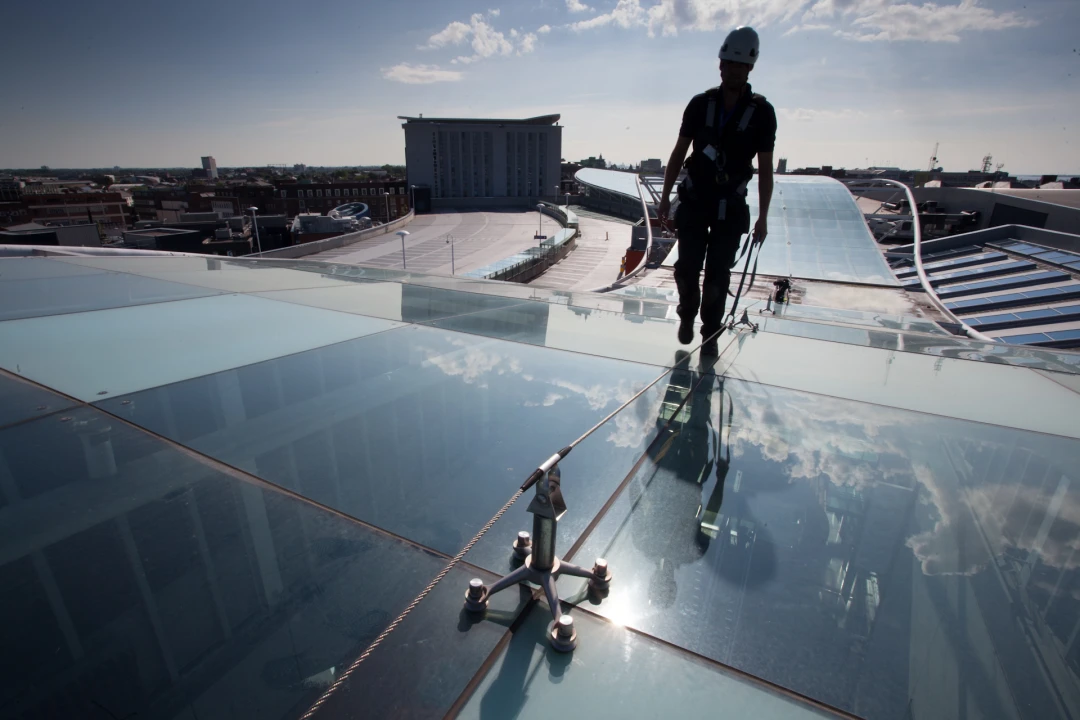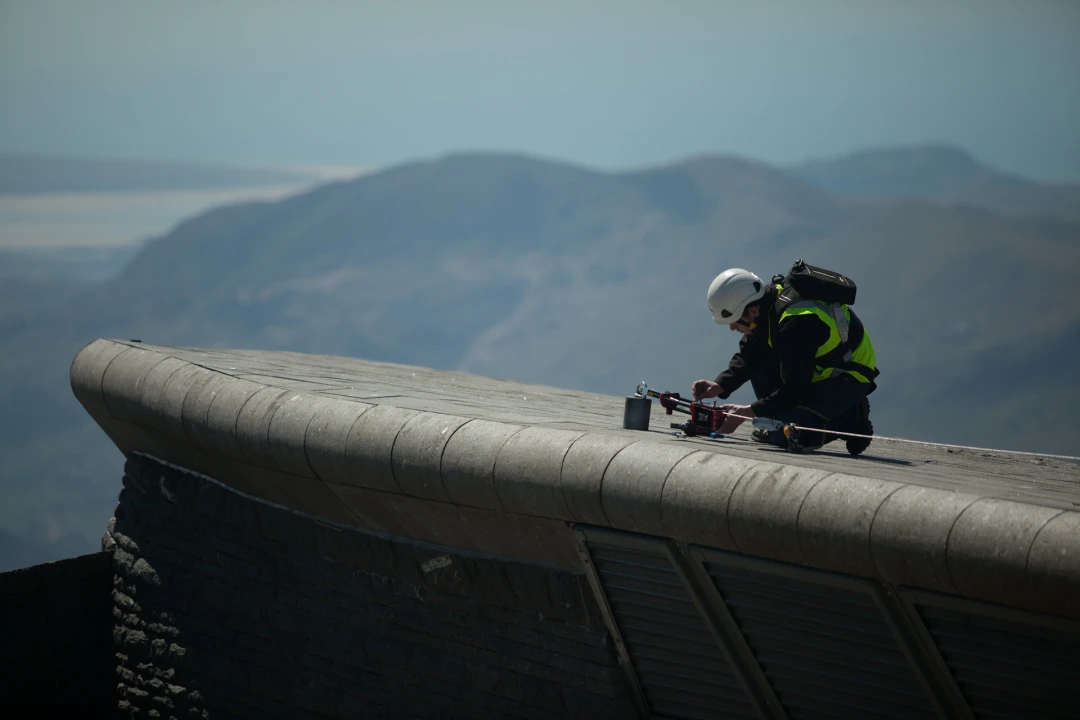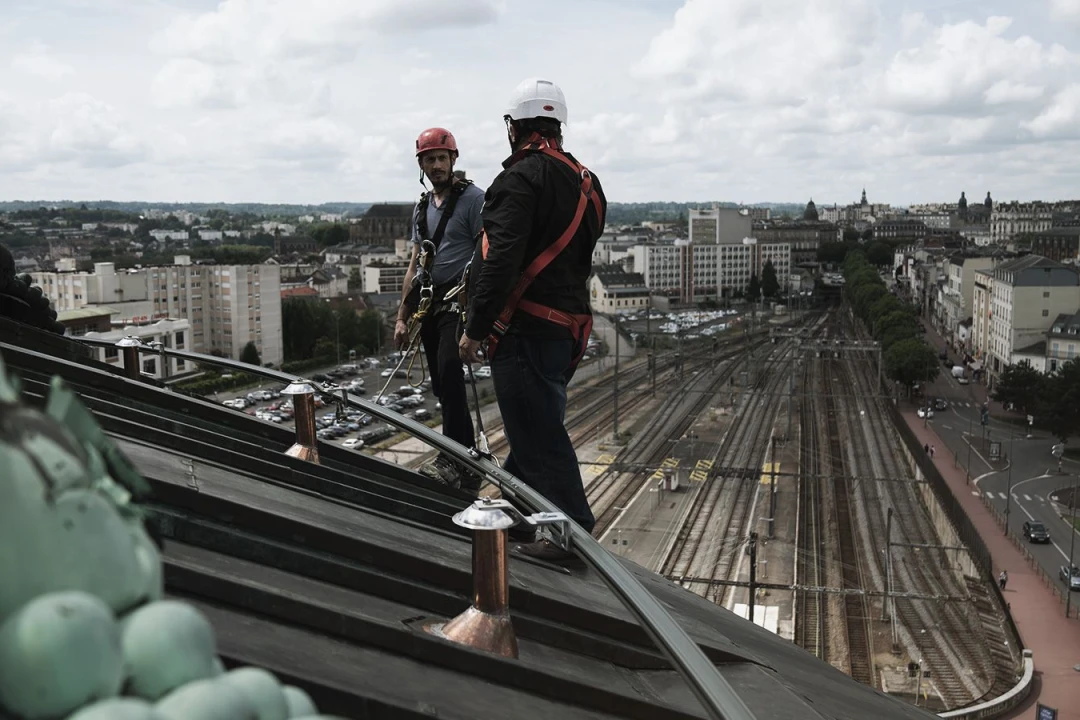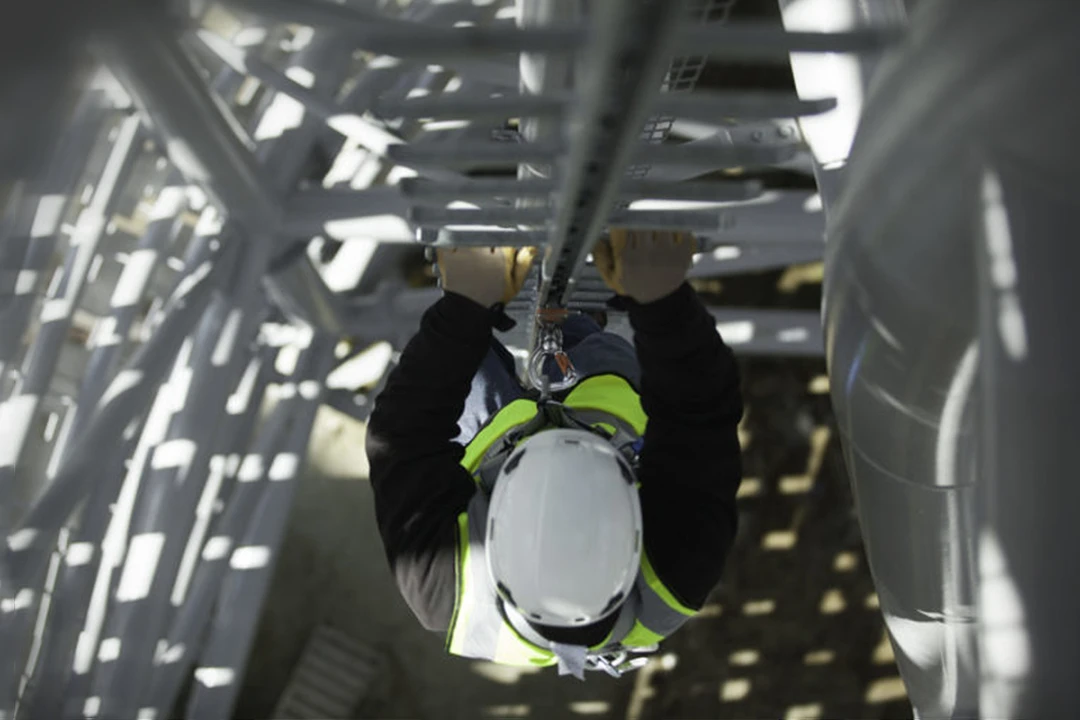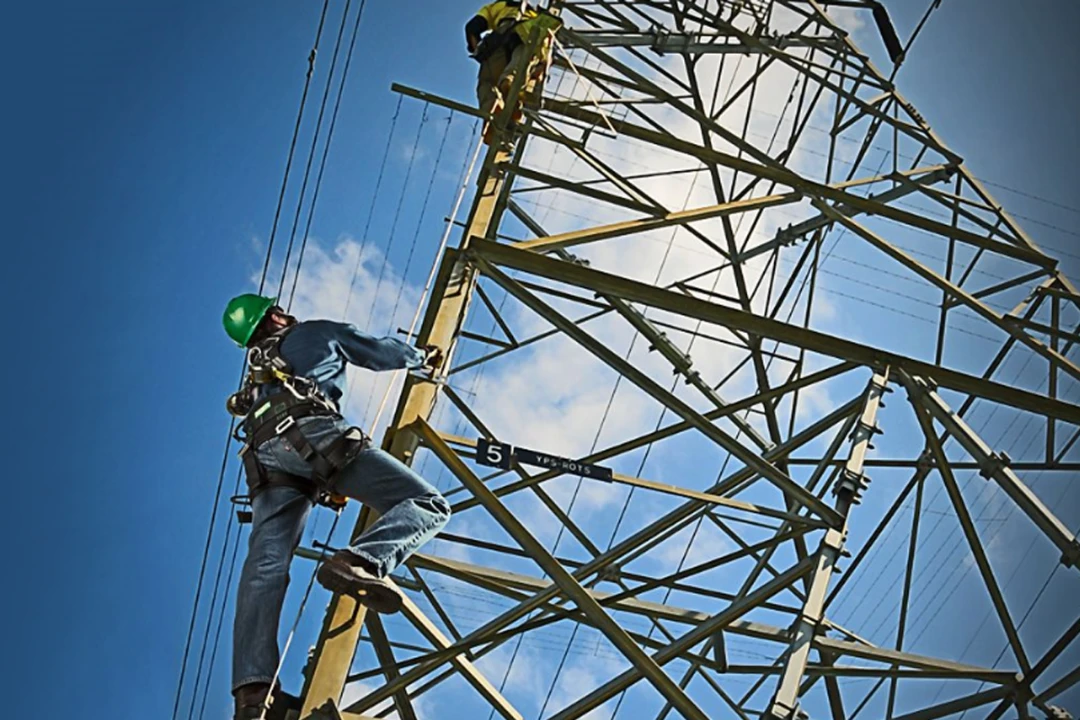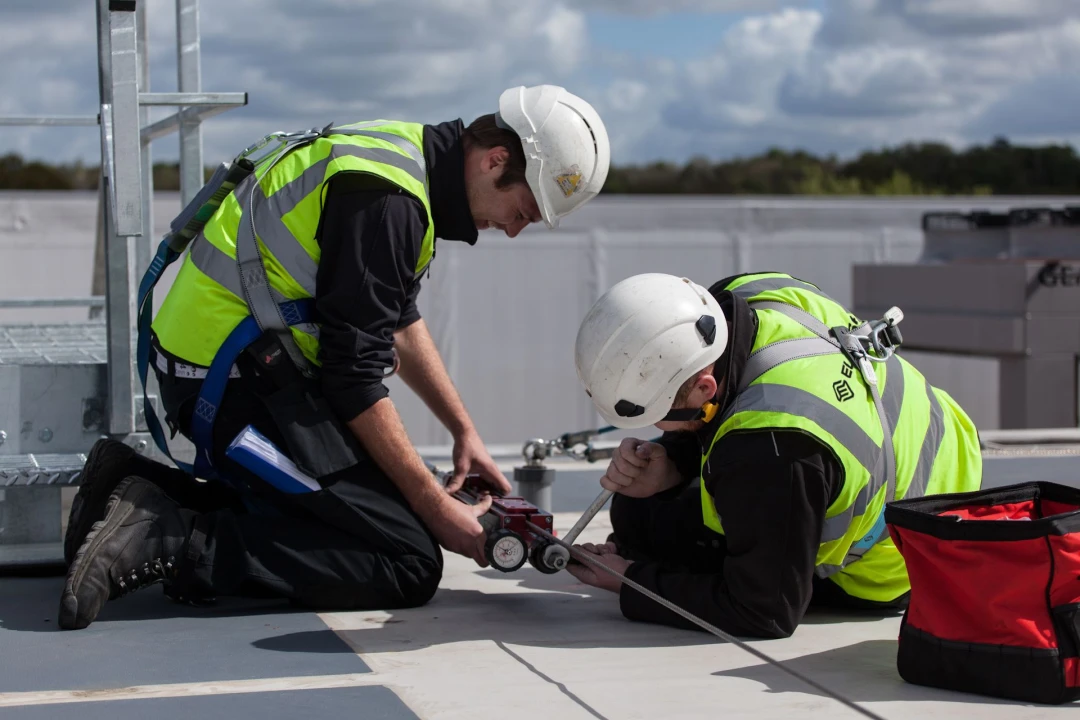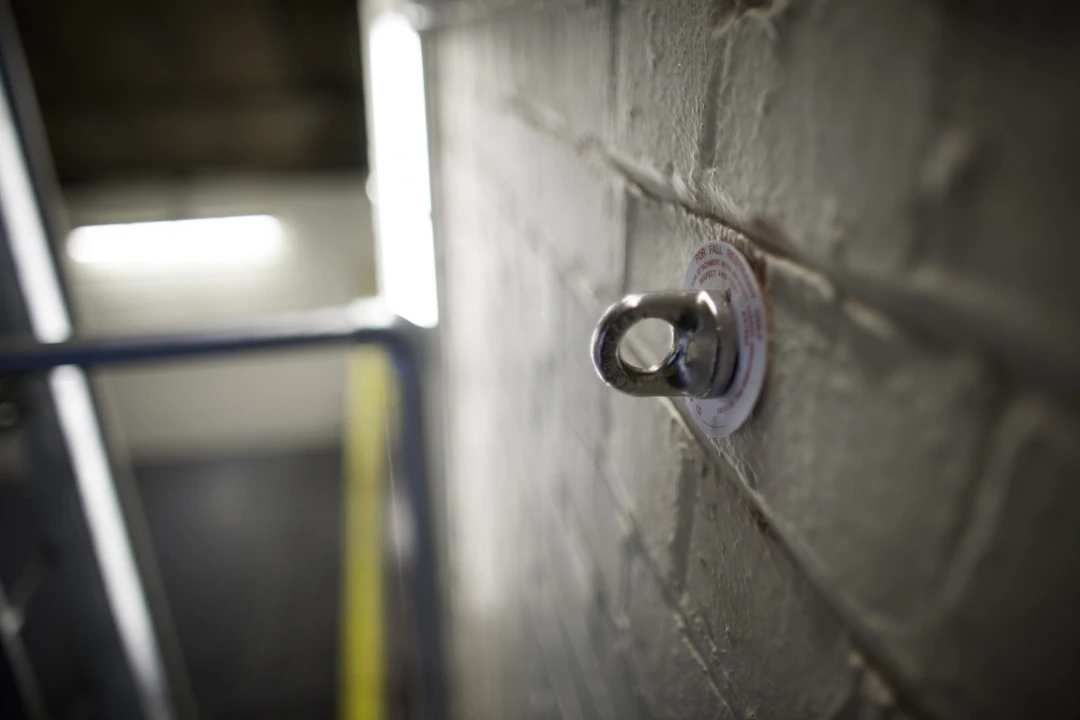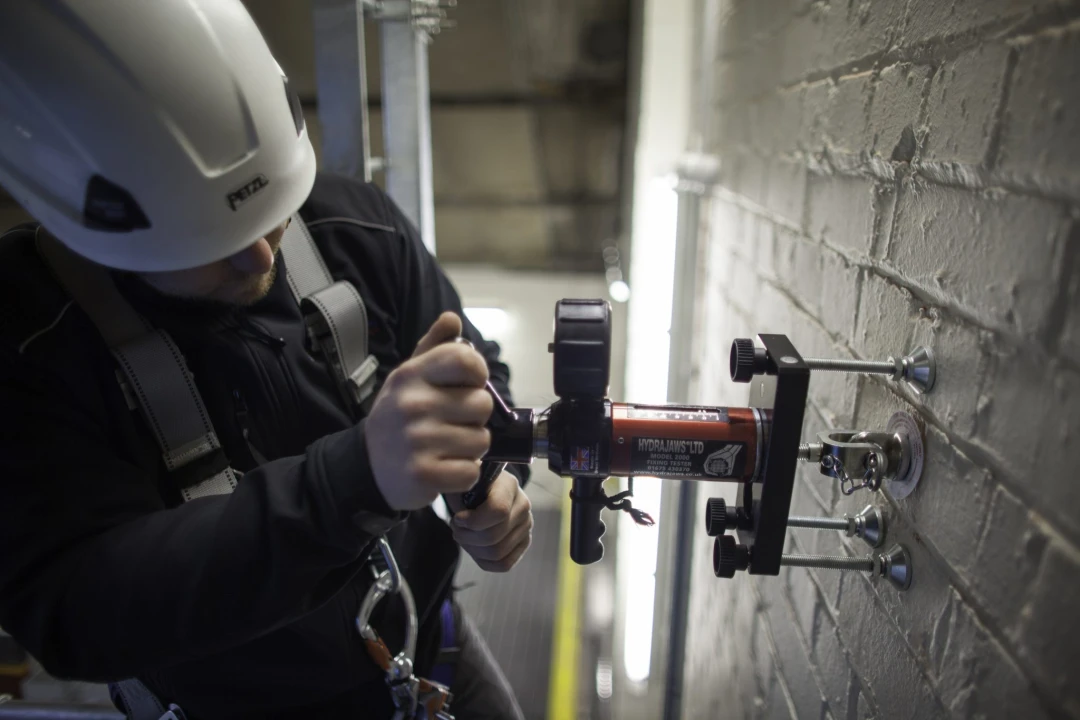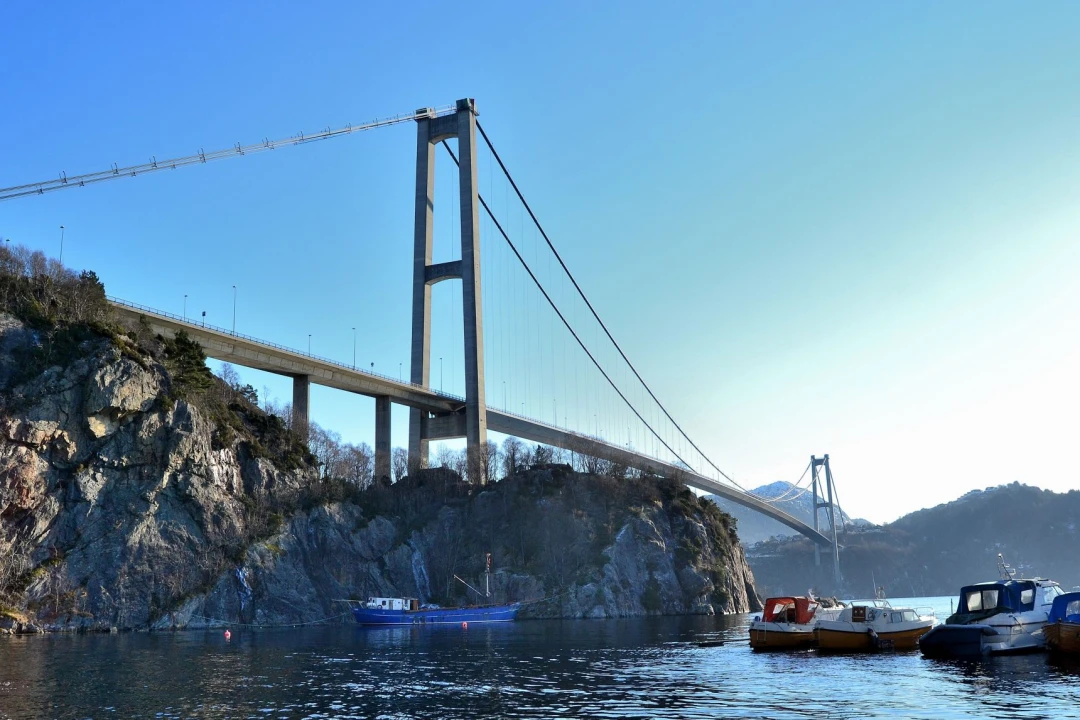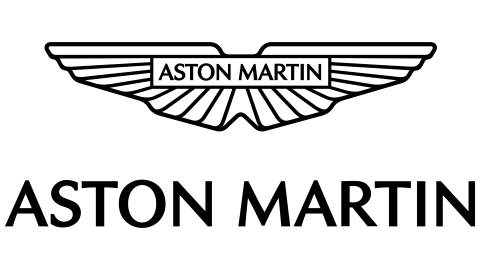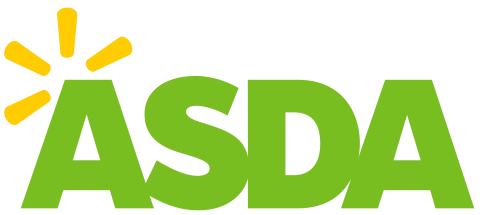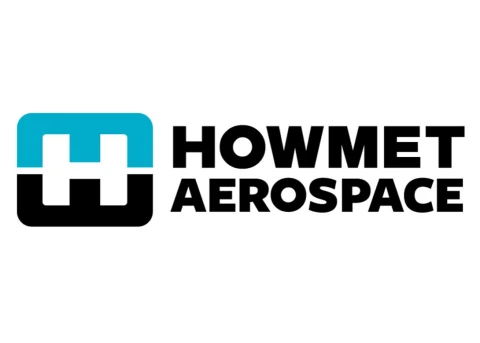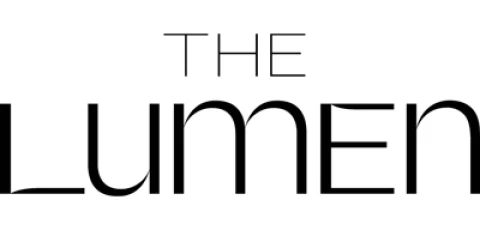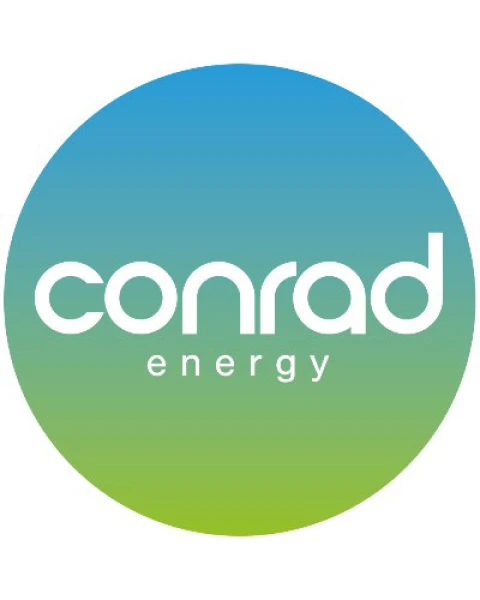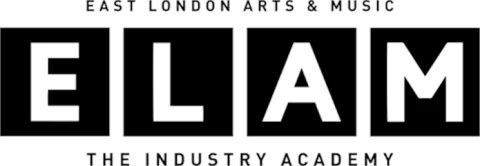
- Inspection & Maintenance
- Fall Protection System and Eyebolt Test & Inspection
Fall Protection System and Eyebolt Test & Inspection
Almost every building needs some form of fall protection, whether it’s for window cleaning, gutter & plant maintenance, or access between levels. As with any form of protection, it is the duty holder’s responsibility to ensure that before use the fall protection equipment provided is inspected by a competent person.
Ensuring compliance and safety
The Working at Height Regulations (WAHR) 2005 states ‘Every employer shall ensure that, where the safety of work equipment depends on how it is installed or assembled, it is not used after installation or assembly in any position unless it has been inspected in that position.’
Cable-based systems, rail-based systems, and single-point anchors are the forms of fall protection that should be inspected at least every 12 months.
It is also stated in the WAHR: ‘Where work is carried out at height, every employer shall take suitable and sufficient measures to prevent, so far as is reasonably practicable, any person falling a distance liable to cause personal injury’ which is why it is so important that all testing, inspection, and certification of fall protection systems are carried out in accordance with current British Standards: BS EN 795 and BS EN 7883.
At Eurosafe, we aim to deliver the best fall protection system inspection and testing service in the UK. We strive to meet this by continuous investment in training and service delivery. We offer a complete test, inspection, and certification service for all types of horizontal and vertical fall protection systems and eyebolts.
Frequently Asked Questions
Under the Personal Protective Equipment at Work Regulations 1992 and the Work at Height Regulations 2005, employers must ensure that all fall protection equipment is regularly inspected and properly maintained.
A formal inspection must be carried out at least once every 12 months by a competent person or company.
Inspection records must always be available for review.
Employers are responsible for ensuring that any equipment showing signs of damage or wear is repaired or replaced before further use.
Yes. Annual inspection of all fall protection systems and equipment is a legal requirement. In addition, users must carry out visual checks before each use to ensure that harnesses, lanyards, anchor points, and other equipment are in safe working condition.
Fall protection equipment must be inspected by a qualified professional at least every 12 months. However, more frequent inspections may be required:
After heavy or frequent use
Following exposure to chemicals or harsh weather
Immediately after any fall or impact event
Eurosafe’s inspection team can advise on the most suitable inspection frequency for your specific systems and usage levels.
Visual inspection:
Carried out by the user before each use
Checks for obvious signs of damage, wear, or contamination
Formal inspection:
Conducted at least annually by a competent and qualified expert
Involves a detailed examination, testing, and documentation of the equipment’s condition
Both are mandatory and work together to ensure ongoing safety and compliance.
After any fall or load event, the equipment must be withdrawn from service immediately. Even if no visible damage is present, internal components may have been compromised. The system must be inspected and approved by a qualified expert before it can be used again. Eurosafe provides comprehensive post-fall inspection and testing services to ensure equipment safety and compliance.
Fall protection equipment should only be inspected by a competent inspection service or specialist with experience in the type of system you use. At Eurosafe, our engineers are fully qualified to inspect, test, and certify a wide range of fall protection systems, including harnesses, lanyards, anchor devices, rail systems, and lifelines.
Contact us today to arrange an inspection or discuss your ongoing compliance needs.
Inspection is required:
Annually, as a minimum, in line with manufacturer and legislative requirements
Before first use, following installation or reconfiguration
After any fall, modification, or damage
More frequently, if the system is subject to high usage, harsh environments, or exposure to corrosive substances
A risk assessment should be used to determine if quarterly or more regular inspections are necessary. Eurosafe can help you create an inspection schedule that suits your operational needs and keeps you compliant.
Fall protection systems we can test, inspect and certify:


